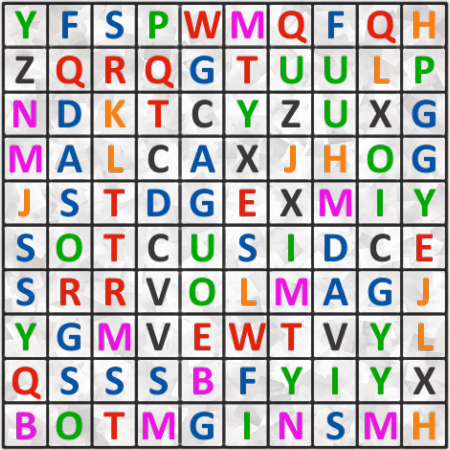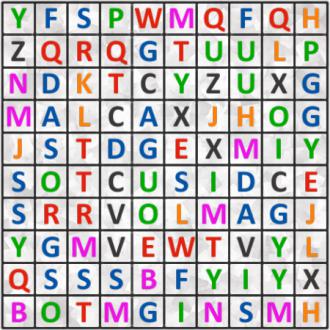Find a famous person
Find the first and the last name of a famous person. Text may go in all 8 directions. Length of words in solution: 5,5.Correct answers: 33
The first user who solved this task is On On Lunarbasil.
#brainteasers #wordpuzzles

Knock Knock Collection 189
Knock Knock
Who's there?
Walt!
Walt who?
Walt till your father gets home!
Knock Knock
Who's there?
Walter!
Walter who?
Walter-wall carpeting!
Knock Knock
Who's there?
Wanda!
Wanda who?
Wanda buy some Girl Scout cookies!
Knock Knock
Who's there?
Wannetta!
Wannetta who?
Wannetta time please!
Knock Knock
Who's there?
Warner!
Warner who?
Warner you coming out to play!

